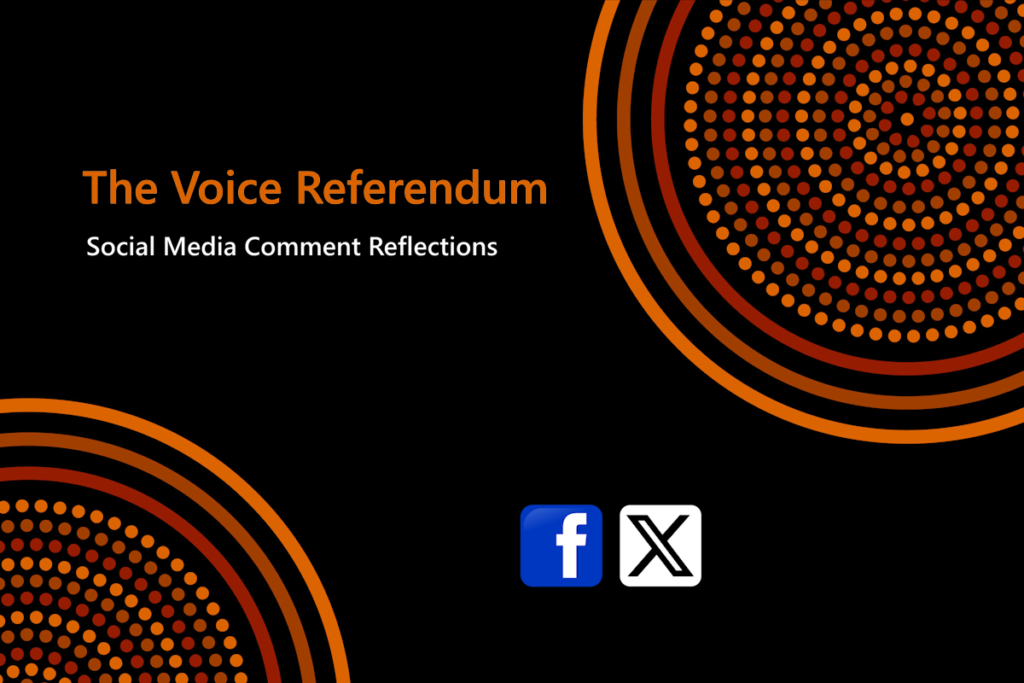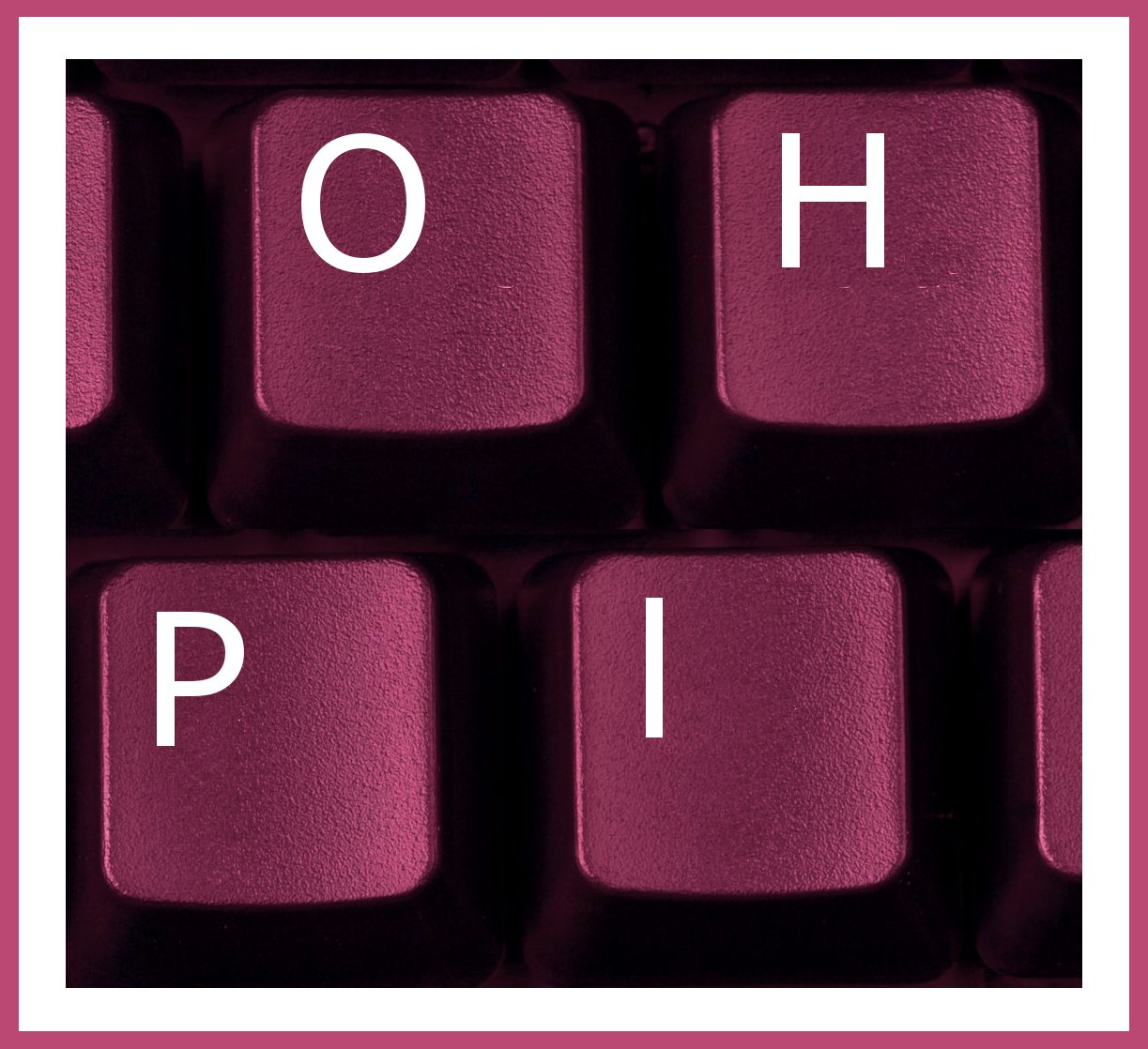
By Matthew Desmond Smith
I joined the team at the Online Hate Prevention Institute in January to work on a project investigating online racism and disinformation from the referendum on The Voice. This article shared my initial experience of this ongoing project and the data we saw.
The project saw a team of 12 of us, undergraduate and postgraduate law students mostly from La Trobe University, analysing a collection of comments that had been made to referendum related social media posts across different platforms. Each post related to an article in the mainstream media about the referendum published during or just after the referendum campaign period.
We analysed the comments determining if the fell under various categories of hate speech or disinformation. The project focused on racism against First Nations Australians, other forms of racism, mis/disinformation about The Voice, the referendum process, or the referendum campaigns.
The misinformation about The Voice that I saw included many comments calling it a trojan horse for future legislation or being a stepping stone for Communism spreading within Australia. Some claims went a step further and implied that it would cause taxes to rise to pay for land reparations and native title land claims being made everywhere.
Also common was misinformation about the referendum campaigns included people making broad generalised claims about the opposing side and their voters. There were also attacks on the “yes campaign”, and those campaigning for it, with statements claiming their stated reasons were disingenuous. These statements typically claimed that First Nations people already have a voice, the referendum is not needed and issues (such as instances of rape and murder within remote First Nations communities) not related to the voice were brought up to muddy claims made by the yes claim over the needs for The Voice. This was all done in a way that attacked the “yes campaign” and those supporting it, seeking to make out they were not serious about First Nations people, or were seeking to line their own pockets.
Misinformation about the referendum process was uncommon and focused on disparaging people from voting by implying people do not need to be enrolled to vote in the referendum, abstaining was an option, and that polling staff would change their vote. One comment went so far as to suggest a “yes” result would signify a rigged vote, claims similar to those made in the US which led to the January 6 insurrection.
The racism against First Nations people within the sample collected was both overt and subtle. Instances of subtle racism were very common and included: claims those who would sit on The Voice body would be a corrupt elite; questioning how the percentage of First Person Nationhood in a person could be determined; arguing The Voice goes against a booming First Nations Industry occurring in the cities; and other arguments based on racist stereotypes or hinting at racist narratives. There were also instances of overt racism: one comment used numerous derogatory slurs to refer to First Nations people; another made claims that First Nations people are lazy, not disadvantaged in the slightest, or collect billions in tax payers money for nothing.
Other types of racism included attacks on those born overseas, particularly from non-European countries, with people suggesting they were in Australia only for economic reasons or for political reasons (to influence Australia) and weren’t real Australians. There were instances where posters suggested people originally from other countries, some who had been in Australia for decades and who have been officially recognised for their contributions to the Australian community, should focus on “their country’s issues” and not involve themselves in Australian issues. Claims were broadly made against Indian people, that Black people have invaded the land and were over-represented, and that migrants should not be allowed to vote unless certain conditions (like fluency in English) were met.
There were also instances of cyberbullying, of both other people commenting in the thread, and of public figures including politicians and journalists. There were comments that called specific people race traitors, or a token First Nations person for different groups. There were also instances of derogatory language, where people were called Uncle Toms, Communists, or race grifters as an attack on their ideals. These attacks extended beyond public figures to attack anyone a poster disagreed with.
Having explored some of the data, my initial impression of the sample was that most people discussed the referendum and what it may contain in a reasonable manner. However, there was significant misinformation and a notable level of racism against both First Nations people and other groups within Australia. Subtle racism was expected within the discourses observed but I was surprised at the amount of overt racism against First Nations people on platforms that were open to the public and where the posters own identity was available to the public. This suggests a certain segment of the Australian population still considers racism as socially acceptable.
Matthew Desmond Smith is a junior anlayst with the Online Hate Prevention Institute. He holds a Bachelor of Criminology and is currently persuing a Masters of Arts (Criminology) at La Trobe University.
The Referendum Project discussed in this article is a partnership between the Online Hate Prevention Institute, the Australian Human Rights Commission and Meta. The project examines public comments made on news related social media posts about the referendum during the campaign period. The project aims to improve public understanding about racism, hate speech, misinformation and disinformation. The Online Hate Prevention Institute thanks Meta for a grant that funded work on this project.
Additional information on the project
Almost 42,000 comments were collected for analysis. They came from over 3,200 online discussion threads. The discussions were each in response to one 252 articles in the media about the referendum. Most discussions threads took place in reply to posts on Facebook and X by media organisations in which they shared articles they had just published. The comments collected and examining are those not removed by either the platform or the moderators from the media organisations. The comments were collected by three of our staff and a seperate team of 12 of our staff are reviewing the comments. A report on the work will be released in March.
